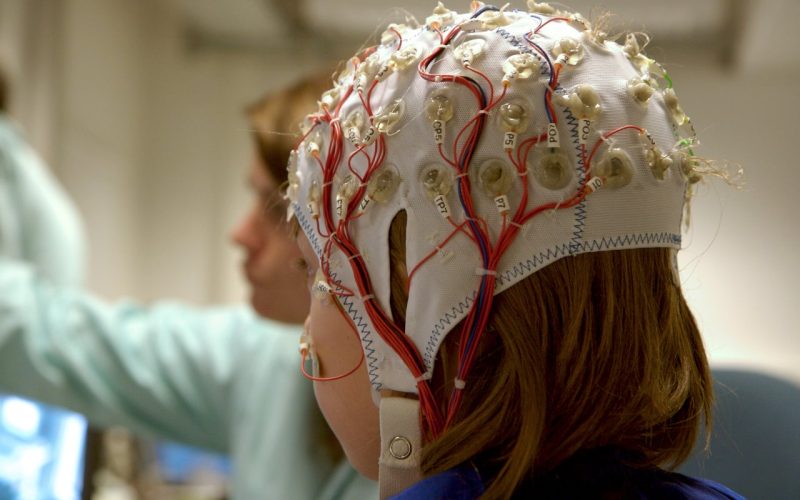Researchers from the UMC Utrecht Brain Center have developed two prediction programs for medication in juvenile myoclonic epilepsy. These models predict which patient responds well to medication, and who has a low risk of having new seizures when medication is discontinued. This ensures that patients do not always have to take medication for life, and side effects such as fatigue, nausea, behavioral changes and obesity can be limited. The prediction program, developed with researchers from 18 countries, is now available online for healthcare providers.
Around four million people worldwide have juvenile myoclonus epilepsy (JME). This is a common form of epilepsy that often manifests in childhood. Despite existing treatments with medication, one-third of patients keep having epileptic seizures. Two-thirds do not, but even these patients are still often advised to remain on medication for life, with unpleasant side effects.
Neurologists generally expect most patients with JME to get rid of their seizures completely with medication. But until now, how high that chance actually is could not be said. What patients can expect in the long term was equally impossible to predict. “When patients have been seizure-free for a few years, they often ask me if they still need the medication,” explains neurologist-in-training and researcher Remi Stevelink. Most people want to take fewer pills, to get rid of any side effects. Because many people with JME start having seizures again after tapering the medication, with all the risks that entails, neurologists worldwide advise against trying this. “So despite the fact that there are many differences between people with JME, almost everyone gets the same advice,” Remi says.
To predict how patients respond to medication, and who can safely phase out medication, Remi and colleagues from UMC Utrecht collaborated with researchers from 18 countries. The researchers collected information on the disease course of 2,518 people with JME. They found that as many as a third of the people continue to have seizures despite medication, far more than most neurologists previously thought. By looking for patterns in the data, the researchers found nine different predictors of seizure freedom. Among other things, they found that having three different types of seizures (triggered by menstrual and psychiatric illnesses) are predictive of poor treatment outcome. “We combined these predictors in a model, which allows us to calculate for each person the probability of becoming seizure-free with treatment,” Remi says.
Of the patients who tried to reduce their medication, three-quarters suffered seizures again. By looking at the differences between people with and without relapses, Remi and his colleagues found three strong predictors, which they combined in a second prediction model. “In particular, older people who have been seizure-free for several years and are on only one epilepsy medication have a high probability of remaining seizure-free after tapering off medication,” Remi said. Of the people who did experience seizures again after tapering off, almost all were found to become seizure-free again after resuming their medication. Says Remi, “Because we can now predict who can safely taper off medication, it is not necessary for everyone with JME to be on medication for life.”
The researchers have translated the two models into a convenient online prediction program. This software can calculate how likely a person is to respond to treatment, and how likely it is to remain seizure-free after tapering off medication. The program, intended for health care providers, is available for free and easily accessed online, as are previous prediction models from the same research group. “From now on, I can better predict the treatment outcome of the patient sitting across from me in the consulting room with a few mouse clicks,” Remi continued. “And that goes for all my colleagues. With this, we hope to contribute to tailored treatment and advice for people with JME worldwide.”
The results of this study were recently published in eClinicalMedicine, an open-access journal of the Lancet.
UMC Utrecht has more than 30 rare disorders expertise centers (ECZAs). One of these is the expertise center for complex epilepsy. This is the place to go for children, adolescents and adults with various forms of epilepsy. Many different specialists work together in this center. In order to continuously improve patient care, researchers at this center study the different forms of epilepsy, the development of the disease and medication. At the European level, this center of expertise is part of the European Reference Network (ERN) EpiCARE. Together, healthcare providers and researchers ensure good quality care according to the latest medical insights. A golden combination in rare disorders.
